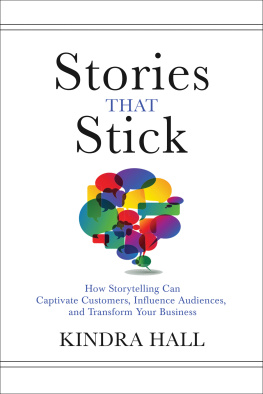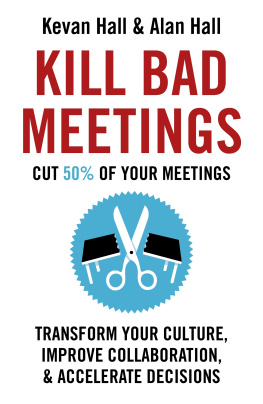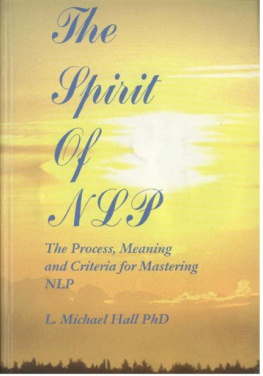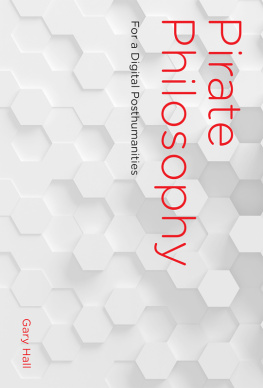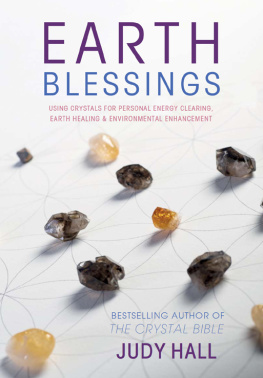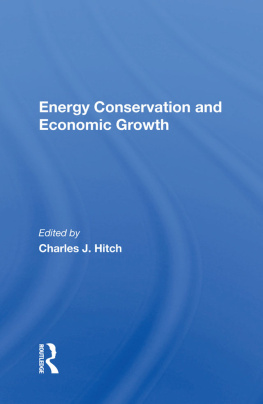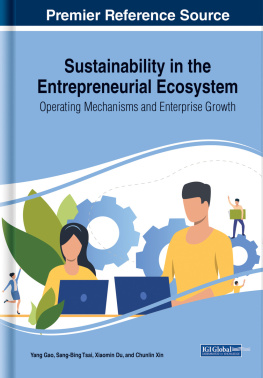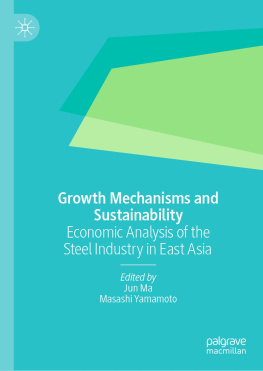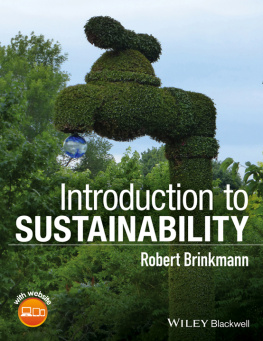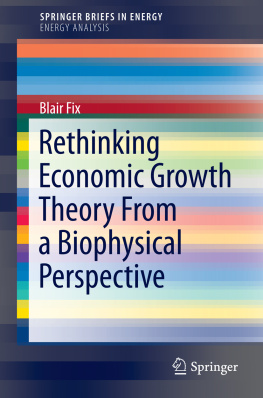Economists usually consider that there are two things we do with the resources at our disposal, consumption (using them now, often for our own pleasure) or investments (defering their use and using them in some way to generate more resources in the future). They, and people more generally, usually think of such resources and investments in terms of money or time. But in essentially all cases investments must be made in terms of energy. This section introduces the concepts of resources and energy, starting with an historical approach.
1. Investments
Our story starts with investments. The concept of investment, of using resources already in hand to attempt to get more in the future, is familiar and essential to the human condition, indeed to all of life. It can explain a tremendous amount of our behavior. At the level of ourselves, our families, our communities, our nation or our world everything, in a sense, is about investments and return on those investments. The resources required for the generation of our food, for such wealth as we are able to garner, indeed for life itself do not appear for free but usually must be sought through investments, large or small. This is most obvious as we grow from children to young adults and observe the adult roles we might take on for ourselves. Farmers, bankers, entrepreneurs, most business people, musicians, and even academics are well aware that if they are to do well in their chosen field very large investments in time, effort, money, study, practice, and so on are necessary. The concept of return on investments is also very familiar to us as we examine financial returns on stocks or savings or houses or family. Each partner in a relationship must invest in various ways time, energy, thoughtfulness, and love or at least care if the relationship is to be successful. Various professional or charitable institutions emphasize the importance of investing in children, good government, science, or many other things for societys well-being. The list is almost endless because the concept of investment is crucial for nearly all that we do. Clearly, investments and return on investment underlies most of what we do and can do in life. Most of us know people who are obsessed with trying to get some kind of high return on their own investment. An investment implies something to be invested, which necessarily must be a surplus from the past. This book is about how we can generalize on the concept of return on investment and how we can understand nearly all investments much better by understanding them in terms of energy.
Nothing happens without energy. This applies to economic activity and investments just as truly as to moving a soccer ball. But energy does not come for free, for many resources, including energy, must be invested to get energy for a later date. Gardeners know this: one has to till and fertilize the soil, plant the seed, water the little plant carefully and wait patiently for the plant to mature, usually while investing in various means to protect your investment from other species (or your own) eager to exploit your own work. Natural history, and human history, usually can be viewed as various species or groups of people making investments in an attempt to get more resources. Much of the human history of the world is about making investments, of necessity energy investments, in resource exploitation, trade and shipping, military campaigns, and so on in an attempt to secure more. But, importantly, throughout most of history, indeed for most of human civilization, energy was expensive, as it is expensive too for other organisms. A recent paper by King et al. () found that for many centuries in England nearly half of all GDP was required to get the energy required to run the other half of the national economy.
Thus this book is about the importance of energy as the worlds master resource and also how all life, including humans, have to invest a lot and then get a good return on their investment. Plants, animals and humans themselves who do not invest energy wisely in getting more energy are dead, extinct or exist only as collapsed societies.
Therefore investments need to be understood within a broader context, including biological, economic, and energetic. Biologists understand that an organism must meet its own energy requirements for maintenance and generate a surplus before it can invest in reproduction. Likewise economists usually divide what we do with the wealth we have or, especially, produce (i.e., GDP) into two broad categories: consumption and investments. Investments cannot be made into new enterprises until maintenance requirements are met. Hence we, meaning ourselves personally but also a business or a nation, can either spend our wealth or invest it. Basically, it is a matter of time: do we want to enjoy our wealth now or potentially more in the future. As such it is a zero sum game, meaning that there is an opportunity cost to spending your money now: if you spend it now you cannot invest it for the future. For the average person this represents a dilemma, as anyone who has saved to go to college knows.
For monetary investments it seems like a good deal: a wise investment gives you more total money than if you simply spent it now. But from the energy perspective it is a little different, for when you spend money you are also spending energy. The money can be printed indefinitely, but most of the energy cannot, since by definition fossil fuels, which supply about 85 % of the energy we use and are mostly responsible for our great wealth, are not renewable; once used they are gone forever. And energy is essential to give money meaning. Once we thought that gold was a backing for money. Until 1972 one could, in theory, take in your dollars to the U.S. Government and get in exchange gold (the gold standard). But it was not gold that gave meaning to the dollar, it was the goods and services you could trade it for. And those goods and services required energy to produce, about 6 MJ (megajoules; see Table ) per dollar in 2016. If you print or otherwise generate money without energy to back it up the money loses value. Hence we can think of money as lien (a promissory note) on energy. Thus if we are talking about monetary investments we are talking simultaneously about energy investments. Therefore opportunity costs also applies to energy opportunity costs; energy used for one activity or investment cannot be used for another.
Thus the concept of Energy Return On Investment (EROI). For any progress, indeed simply sustaining any life process requires a continual influx of energy. This concept, often termed maintenance metabolism, applies to fish in the sea, yourself and your civilization. The reason for this, developed more fully in Chaps. , is that there is a relentless tendency for the molecules that make up an organism (or a city) to degrade to a more random state. Organisms (and governments and private entities) must continually invest energy in keeping molecules in the very specific structures that life requires if it is to continue in its present form. And only after those investments have been met is it possible to have some kind of surpluswhether that is reproduction, evolution or growth or progress of a civilization.
Not surprisingly there is a premium on a positive return on investment and especially a high return. If one takes a broad view of evolution any time a new technology with a high energy return happens along in the evolution of life there will be an explosion of life forms using this technology. For example, before some 500 million years ago there was no free oxygen in the atmosphere or the seas. Life was abundant and diverse, but none of it used oxygen (as we do) as a terminal electron acceptor because there was no oxygen available. Life operated on fermentation, generating energy-rich alcohol as an unusable by-product. But once land plants evolved and generated free oxygen as a by-product of photosynthesis, other organisms were able to utilize this oxygen and increase their own utilization of their own food (such as plant sugars) by about a factor of 4. Hence, once the technology of using oxygen was worked out through the development of mitochondria, it spread very rapidly throughout the animal kingdom, and also to plants and many microbes. This greater ability to use energy by animals in turn led to much more active and mobile lifestyles, investing existing energy into obtaining much more. Likewise as human societies evolved new energy-capturing technologies (such as agriculture, wind powered sailing ships, and fossil fuels) the technology spread rapidly. Those species and humans who understood or happened upon the new energy-rich opportunities tend to be those (or their descendants) who are with us now.


